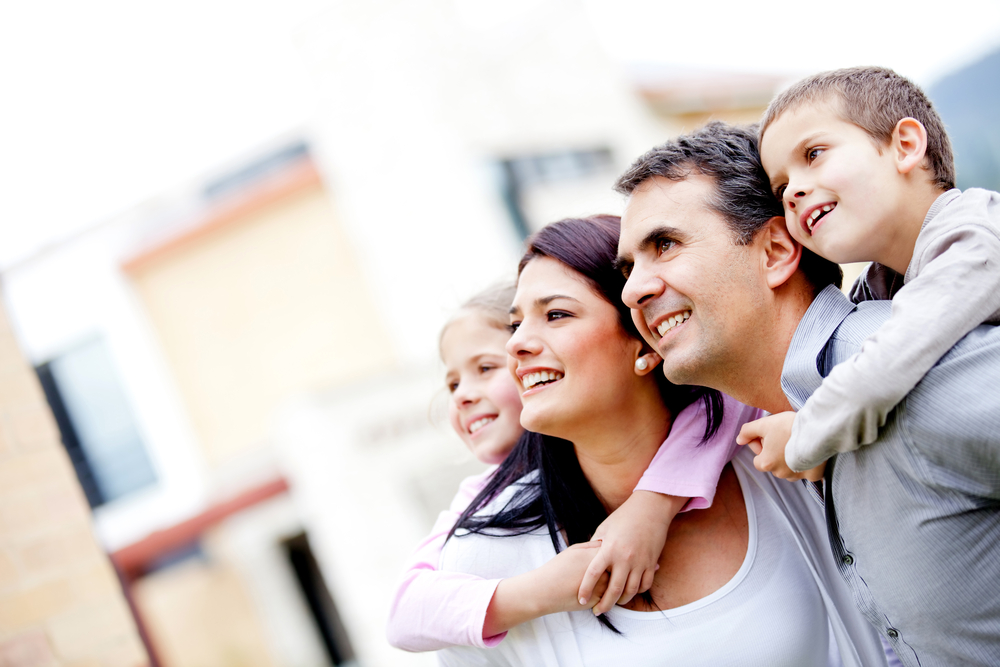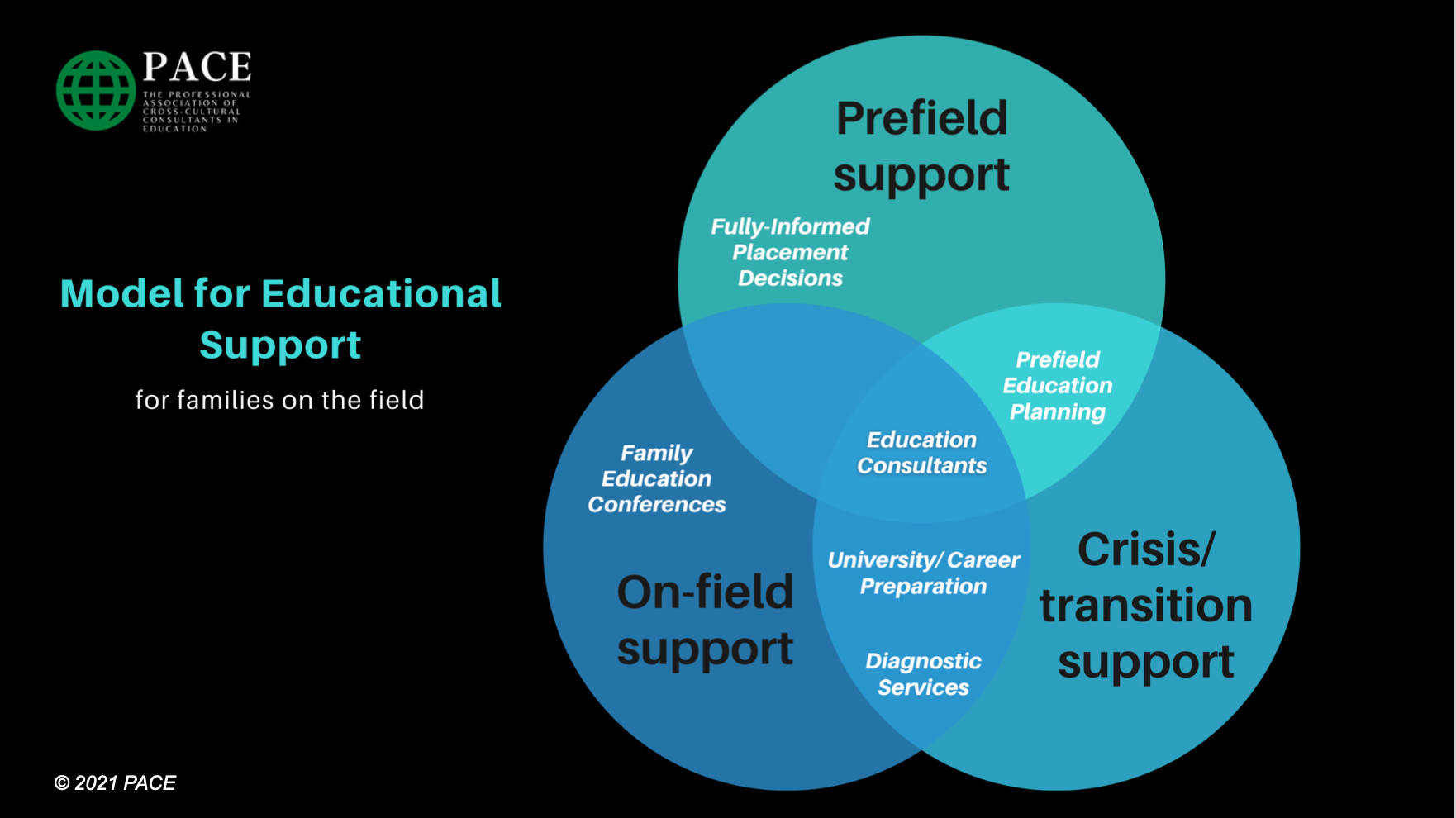In March, many education consultants gathered in person at the MK Education Summit near Atlanta…

The Effects of a Pandemic on Our Families
Jean Kawiecki has been working with TCKs for the past 19 years. She is both an educator and a psychologist, who is passionate about TCKs and helping them thrive. As an Adult TCK, she understands some of the things that they encounter from a personal perspective, and hopes to bring both help and hope in areas of struggle.
Hello from Arizona! I’m assuming most of you are grounded in various cities due to the COVID-19 pandemic. That brings me to one of the most pressing concerns that we can address as education consultants right now – the effects of a pandemic on our families. The pandemic brought with it lots of unexpected home based education, lots of isolation and lots of anxiety. So what can we do to help? As educators, we have tools in our toolboxes that we can pass along.
Unexpected home education (and home education without outside lessons) brings challenges in behavior and in scheduling that parents weren’t prepared for. Articles like the one that was recently published by Learnwell (“Homeschool Schedules under Quarantine”) can help with schedules. It’s so well written, I won’t try to recap here, but rather refer you to the article.
Behavior can also be a bugaboo when kids are bored, frustrated, isolated, etc. One of my favorite tools is the Zones of Regulation curriculum for learning self-regulation. This curriculum associates four different states of arousal or alertness with colors and helps kids identify emotions and build a toolbox of ideas for helping them to regulate those emotions. You can find lots of info online (I would start at this website) or you can email me for a short handout.
One key thing to remember is that regulation starts with parents – modeling it themselves AND co-regulating with their kids. Co-regulation is defined as warm and responsive interactions that provide the support, coaching, empathy, and modeling children need to “understand, express, and modulate their thoughts, feelings, and behaviors” (Murray et al. 2015, 14).
Isolation is particularly challenging. While many of our families live in isolated areas, they have always had access to the communities in which they lived to some extent. That has been taken away. The internet offers abundant virtual opportunities to connect with friends and family. While face-to-face is the best, this is a good second-best option. Some ideas that I came up with for using virtual platforms include the following:
1. Use virtual platforms like Zoom (you can download it here and it is free to sign up). Using Zoom you can connect with friends and family, individually or in groups. This is a great way to stay connected with those friends you can’t go to see right now. You can put together book clubs, watch movies together or just chat. One of my former students is using it to host virtual parties — cookie baking, game playing, etc.
2. Use virtual games that are made for groups. I like QuipLash from JackBox. JackBox has a number of games you can play virtually with a group.
3. Play board games virtually. Have each player set up the same game board. Each person will take his/her turn and all players move that person’s token on their board (if money or other things change hands, be sure to do that, too). It is a bit clunky at first, but it gets easier and it’s FUN.
4. Read aloud a good book virtually. Get on the virtual platform and read a book aloud together. If children are young, read a picture book. If they are older, you can all enjoy listening to a longer book. This can set up a great way to generate good conversation.
Finally, anxiety…this is one of the biggest challenges for this next generation anyway, and the pandemic has only increased it. In general, the very best way to help children with anxiety is for parents to address their own anxiety. Without it, children feel like parents are disingenuous when they are saying things like ‘things are going to be okay.’ Children pick up on non-verbals that are almost negligible and they know when their parents are stressed. Overarching ideas to address anxiety:
1. The best thing you can do for your child’s anxiety is to work on your own anxiety.
2. Connection with others is healing.
3. Control those things you can control and let the other things go.
Here are some things that can help with both parent and child stress and anxiety:
1. Create safety for you and your kids.
2. Create connection with your family, friends, and colleagues.
3. Create fun.
Here are some of the ideas that have been shared by various psychologists and can be used by families and by YOU:
1. Listen (adults, not kids) to podcasts by Dr. Laurie Santos from The Happiness Lab. The most recent episodes all deal with the Coronavirus. This is a secular source, but has some good tips:
The How to Beat Isolation Loneliness
Coaching Yourself Through a Crisis
Rising to a Challenge
2. Stay healthy. Read this article from the NYTimes on the immune system.
3. Exercise. For those of you who like to dance, there are a few fun virtual dance parties you can participate in on Instagram. Look for @dance_church and other Instagram dance parties that are choreographed by professional dancers.
4. Create optimism by looking for the positive. I like John Krasinki’s new YouTube channel ‘Some Good News’. Disclaimer, this is mostly for adults so preview before showing to younger children.
5. Write letters. Everyone likes to get mail, especially right now, so write letters and have your kids write letters.
6. Stick to a routine. Go to sleep and wake up at a reasonable time, write a schedule that is varied and includes time for work as well as self-care (including time to play with your kids).
7. Get up and get dressed. It’s amazing how much putting on clothes for going out makes you feel like you are engaging in life. Do it. It’s worth the effort.
8. Get out into the fresh air for at least 30 minutes every day and if you can’t then open a window and blast the fan. It’s amazing what fresh air does for the spirits.
9. Develop a self-care toolkit. This can look different for everyone. A lot of successful self-care strategies involve a sensory component (seven senses: touch, taste, sight, hearing, smell, vestibular (movement) and proprioceptive (comforting pressure). An idea for each: a soft blanket or stuffed animal, a hot chocolate, photos of vacations, comforting music, lavender or eucalyptus oil, a small swing or rocking chair, a weighted blanket. A journal, an inspirational book, or a coloring book is wonderful, bubbles to blow or blowing watercolor on paper through a straw are visually appealing as well as work on controlled breath. Mint gum, Listerine strips, ginger ale, frozen Starburst, ice packs, and cold are also good for anxiety regulation. For children, it is great to help them create a self-regulation comfort box (often a shoe-box or bin they can decorate) that they can use on the ready for first-aid when overwhelmed. For more on this, send me an email at jkawiecki@shareeducation.org.
10. Spend lots of time playing with your children. Children often show you their need for attention and communication through play. You may see themes of illness, doctor visits, and isolation play through this. This is therapeutic for children, so encourage it.
11. Limit social media and news! Try to keep it to less than 30 minutes a day from a trusted source and out of ear shot of children.
12. Find a good long term project that you can do individually and with your kids. For us, we are each crocheting an afghan by ourselves and making a quilt together. We plan for one hour of creative time where we work on it each day.
13. LAUGH together. Play games and tell jokes and look at silly kitten videos. This is key to resilience. I like these videos . They make me laugh and they make me say ‘awwwwww.’
14. Speaking of ‘Awwww’, looking at things that give you that feeling is good for the brain. I like to rewatch videos of my baby niece laughing. But here are some videos if you don’t have any.
15. Look for and talk about hope – the hope that this is temporary, the hope of good time spent together during this time, the hope of a future that is good, and much more.
© 2012-2023 PACE
All rights reserved


